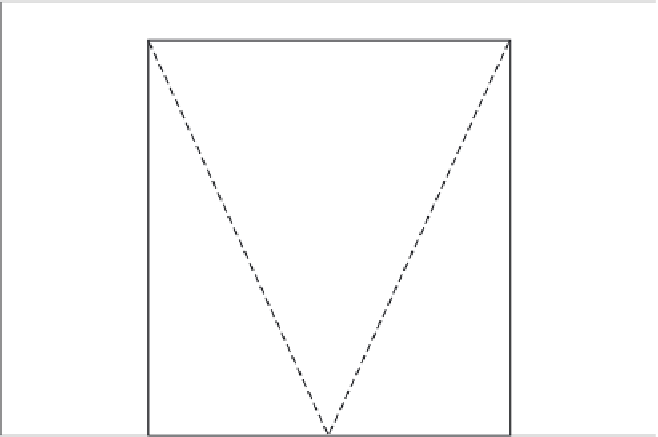Environmental Engineering Reference
In-Depth Information
Minimum reactive capability characteristic of WFPS at the connection point
1.1
A
B
1
Connected at
132 kV and above
0.9
0.8
0.7
0.6
0.5
Voltage control mode /
reactive power dispatch
Mode
0.4
Power factor control
Mode
0.3
0.2
0.1
C
D
0
-0.33
0.33
E
Consumption
(
lead
)
mvar capability
of the WFPS at the connection point
Production
(
lag
)
mvar capability
of the WFPS at the connection point
Q/pmax
Point A
MVAr
consumption (lead) capability of the
WFPS
at
Registered Capacity
at
the
Connection Point
Point B
MVAr
production (lag) capability of the
WFPS
at
Registered Capacity
at
the
Connection Point
Point C
MVAr
consumption (lead) capability at cut-in speed of the
WFPS
at the
Connection Point
Point D
MVAr
generation (lag) capability at cut-in speed of the
WFPS
at
the
Connection Point
Figure 4.1
Typical wind farm reactive power requirements
Operation throughout ABCD is a requirement in all modes except power factor
control. (See Appendix 2, Clause CC.S2.3.2(a).)
Table 4.1 indicates the power factor requirements in various jurisdictions.
4.3.1.2 Wind farms connected to sub-transmission systems
Consider a large wind farm connected to a 132 kV or 33 kV node. The network
voltage control requirement needs to be more stringent if other network users are
also connected electrically close to the wind farm.
If the connection is directly to the 132 kV network, the situation is relatively
similar to the 400 kV connection above except that it is likely that the connection
nodal voltage range will be more restricted. In practice about 0.95-1.05 per unit
voltage is likely to be the working range.




































































Search WWH ::

Custom Search